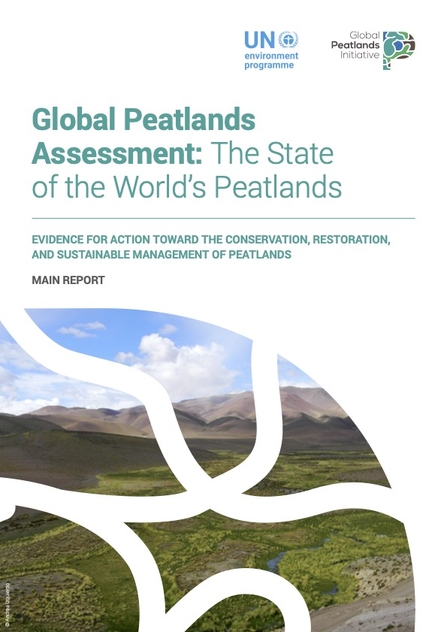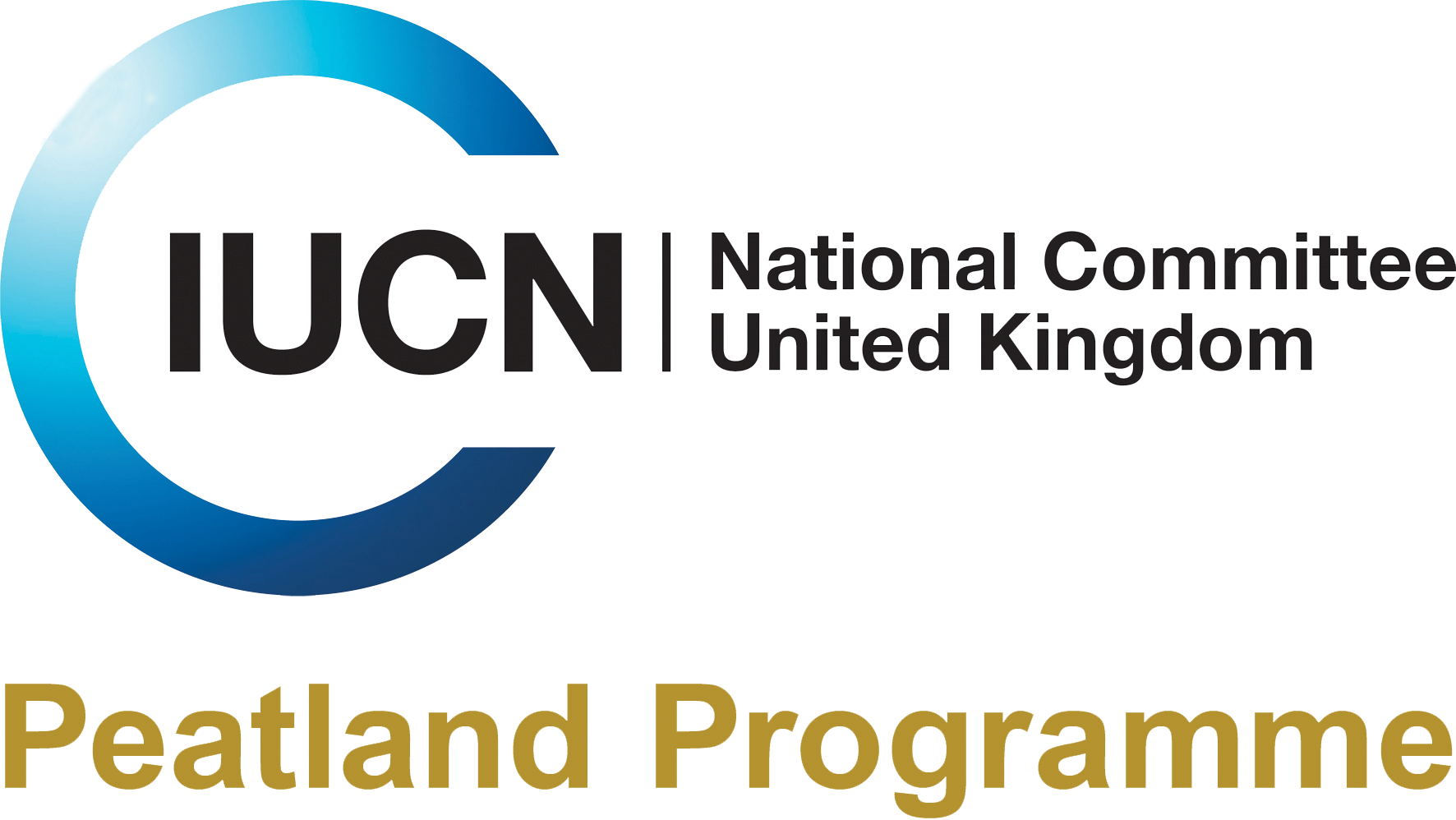On the 17 November 2022, at the United Nations Framework Convention on Climate Change COP27 in Sharm El-Sheik, Egypt, the Global Peatlands Initiative (GPI) launched its Global Peatlands Assessment (GPA) – The State of the World’s Peatlands: Evidence for action toward the conservation, restoration, and sustainable management of peatlands. The GPA was undertaken between 2020 and 2022 as an output of the GPI International Climate Initiative (IKI) project and as requested by the UNEA-4 resolution on Peatlands in March 2019.
Global Peatlands Initiative project: State of the Worlds Peatlands

GPA The State of the Worlds Peatlands main report front cover.
Following the inspiring call to action for peatlands by Inger Andersen, Executive Director of UNEP, further support for peatlands conservation, restoration and sustainable management for the climate were made by Vice-Prime Minister, Minister of Environment and Sustainable Development of Democratic Republic of Congo; Minister of Environment, Nature Conservation, Nuclear Safety and Consumer Protection of Germany; Vice-Minister of Environment and Forestry of Indonesia and Mitigation Specialist, Climate Change and Desertification of the Ministry of Environment of Peru acknowledging the importance of the GPI and the contribution to filling knowledge gaps through the Global Peatlands Assessment – which is critical for their countries.
“If peatlands are degraded, peatlands can become gigantic sources of emissions,”
reminded Vice Minister of Indonesia, His Excellency Alue Dohong.
The GPA answers questions on peatland distribution, trends, and pressures, to establish the current state of global peatlands. It includes global and regional chapters, helping to close knowledge gaps and presenting the best available science to inform decision-making for climate and nature action through the conservation, restoration, and sustainable management of peatlands.
An updated Global Peatland Map was also launched as well as topical peatland hotspot maps and cases.
In its Summary for Policy Makers, the Global Peatlands Assessment brings together the latest science to inform policies, decisions, research and actions and build the evidence base to establish the state of the world’s peatlands. It also compiles relevant data and presents the best available science for strategic decision-making for the conservation, restoration and sustainable management of peatlands.
Global distribution of peatlands
The Global Peatland Map 2.0 (GPM2.0 downloads png map) was produced as part of the Global Peatlands Assessment to provide the most up to date data on peatland location and extent globally. Supported by hotspot maps and global case studies, it covers all regions of the world and allows decision-makers to identify priority areas for conservation, restoration and sustainable management.
The Global Peatlands Map 2.0 also presents ‘probable’ peatland areas, i.e., areas where on the basis of their physical constitution and remote sensing signal, peatlands can be expected, but the presence of which has not yet been confirmed by ‘ground truthing’. The map and the assessment reveal that peatlands are more extensive than previously estimated – covering about 500 million hectares globally and are found across all continents.
“If we’re serious about acting on climate change, we must get serious about the protection, restoration, and sustainable management of peatlands,”
said Inger Andersen, Executive Director of UNEP.
Listen again and contacts
The recording of the event, co-organized by UNEP-led GPI, UNEP-WCMC, MSF/GMC and in collaboration with the Convention on Wetlands is available online
For more information, please visit the Global Peatlands website.
